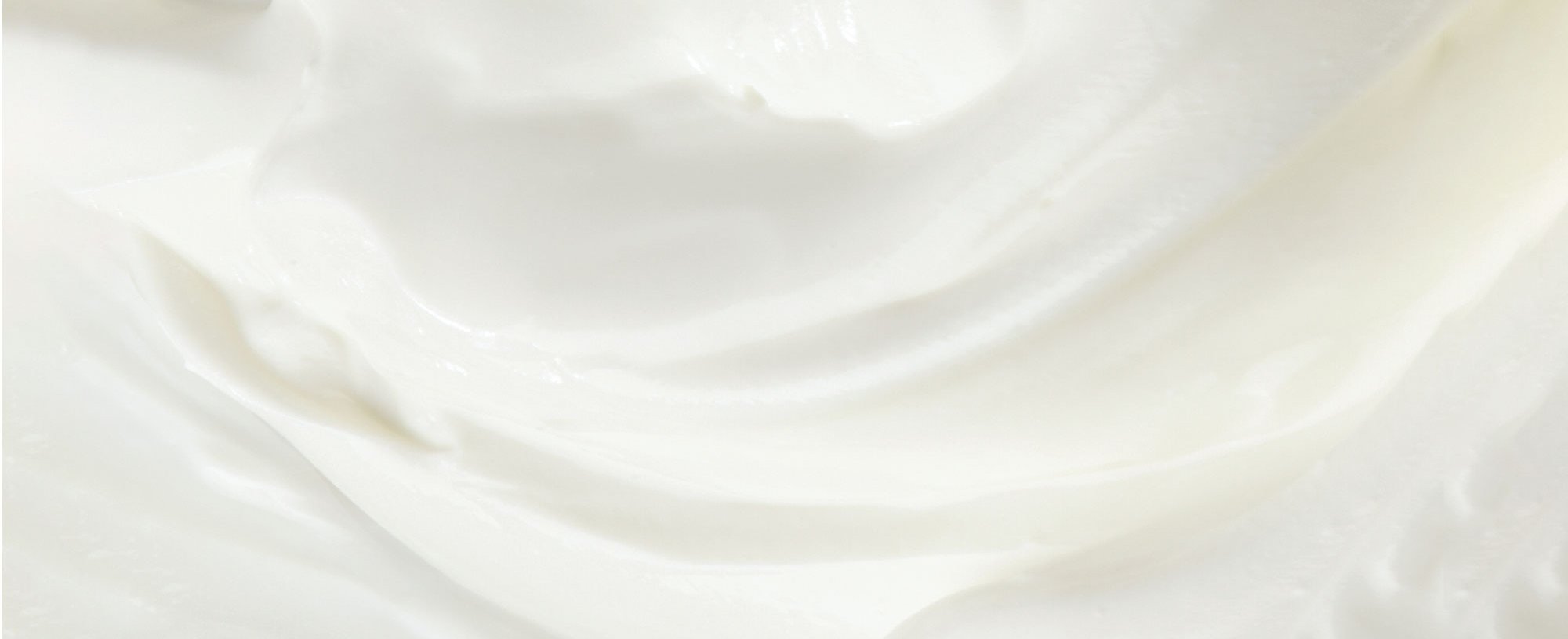Hair removal is one of those shared beauty experiences that expands past age, gender and skill set because it’s a beauty practice that a lot of us do regularly. Among the various types of hair removal options (from sugar waxing to laser removal) is the very common act of shaving.
You probably know all about how to shave properly with warm water and shaving cream, but there are the occasional last minute beauty moments where you’re forced to remove body hair by dry shaving. While you may have haphazardly dry shaved in the past without causing any harm to your skin, the potential effects should be enough to eliminate it from your skin care routine entirely. But we get that avoiding altogether isn’t always possible. So we’re sharing everything you need to know about dry shaving, the effects it has on your skin and how to care for skin after dry shaving.
What Is the Difference Between Dry Shaving and Wet Shaving?
Dry shaving and wet shaving are aptly named. A wet shave will involve you wetting the area where you’re removing hair and following up with a body care item (like a shaving cream or shaving gel) for a softer, more thorough hair removal session. A dry shave is when you remove hair without anything on your skin and go right in with a razor blade; there’s no cream or soap between the razor and your skin. This shaving technique is more dangerous than wet shaving since you’re more likely to irritate your skin — more on this below.
How Dry Shaving Affects Your Skin
If you’ve been dry shaving without a care in the world you’ve been lucky, but luck always runs out. You should always give your skin the care it needs and dry shaving just doesn’t cut it — even if it seems like the obvious answer when you’re in a rush or all out of shaving cream. Below, we’re sharing the four ways dry shaving your legs, armpits or even your face can wreak havoc on your skin.
1. You Can Get Razor Burn
Razor burn is a major pain — both literally and figuratively — and if you opt for dry shaving, it can be a very real result. If you choose to dry shave instead of following the proper method, your razor has no slip to help remove the hair without irritating the skin. In turn, your skin may be left looking and feeling red and tender. And yes, there may even be those pesky shave bumps and ingrown hairs left in the wake of your razor.
2. You’re More Prone to Nicks and Cuts
Shaving products were created to lubricate the skin for a seamless hair removal session. Not only do these products prep your skin for your razor, but they can also help prevent any nicks, cuts or friction burns. Neglecting to shave with water and the proper products can make it more likely that you cut yourself.
3. Your Skin May End Up Extra Dry
Shaving products don’t only help you shave, they also often have nourishing ingredients that are doing your skin a favor in the dryness department. By cutting them out of your routine and shaving skin that’s dry, you may actually end up with extra dry skin.
4. You Won’t Get a Smooth Shave
The purpose of shaving is to remove hair from the skin for a soft and smooth feel, and using the right products is a key part of that. No shaving cream or gel means your razor isn’t gliding over your skin and catching every hair as it should; instead of enjoying smooth skin, you’re likely to be left with a bit of stubble.
How to Dry Shave Safely in Pinch
If you find yourself in a rush with only a razor blade and nothing to wet your skin with, heed the below steps to dry shave safely.
1. Find Some Form of Moisture
Try to source some form of water-based skin care item that you can wet your skin with before shaving. Even if you’re not able to fully wet the area you’re shaving or a cream isn’t available to you, there’s still a chance to get creative with what’s around you. Look for an oil-based makeup remover, body wash or even conditioner to create some slip between your skin and the sharp razor. If not, continue with your dry shave and be extremely gentle.
2. Pull the Skin Tight
Always shave the hair in the direction of its growth, meaning you’ll shave with the grain. Make sure to pull the skin taut so there isn’t any loose skin that may get nicked our cut. In one, long swipe, carefully shave the area without going over the same spot twice.
3. Moisturize After
Make it a priority to stop by your local drugstore and pick up a body lotion, facial cream or dedicated moisturizer for the area you dry shaved. Your skin will be thirsting for moisture after dry shaving and the best way to care for your skin afterwards is by adding that nourishment back. If you just shaved your face, pick up a hydrating moisturizer, like L’Oréal Paris Revitalift Derm Intensives Micro Hyaluronic Acid + Ceramides Line-Plumping Water Cream, which will offer relief on irritated skin with the gel-like water texture.
Shop the Product
The Bottom Line on Dry Shaving
As much as you may be tempted to dry shave, it’s just not worth it. Unless you’re shaving in an airport bathroom (and even then) you can typically find alternatives to shaving cream that can ensure that you have a wet shave that includes moisture and nourishment for the skin. Take your time and give your skin a proper shave. Trust us, your skin will thank you for it.
Next: Every Product You’ll Need for TikTok’s “Everything Shower” Trend
Photo: iStock







